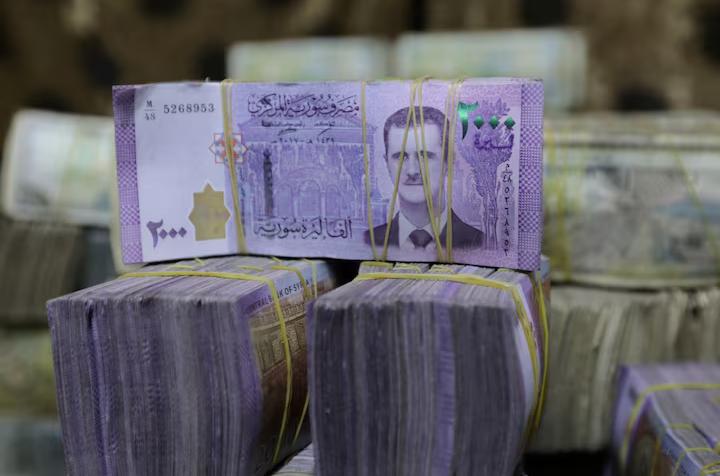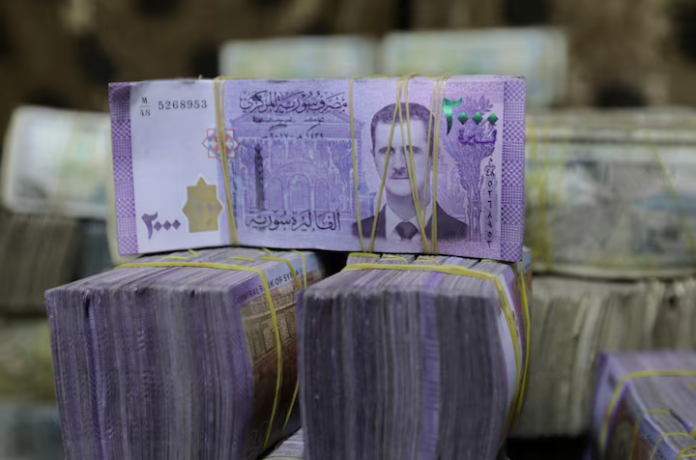Syria is turning a major page in its economic and political story. According to exclusive sources, the country is in advanced negotiations to start printing a newly designed national currency in the United Arab Emirates (UAE) and Germany — ending over a decade of dependence on Russia for currency production.
This bold move reflects a changing tide in Syria’s global alliances. With its civil war-era leadership ousted and new rulers taking charge, Syria is fast building diplomatic and economic ties with Gulf Arab nations and parts of the West. And with the United States announcing the easing of sanctions, doors are opening for fresh economic activity.
In a major development on Thursday, Syria signed a preliminary $800 million deal with UAE-based DP World to develop the Tartus port. This is the first such agreement since U.S. President Donald Trump unexpectedly declared a lift on American sanctions earlier this week.
Sources say the redesign of the Syrian pound will remove the portrait of former president Bashar al-Assad from one of its prominent denominations. This marks a symbolic and practical step toward reshaping the country’s post-Assad identity.
Syria’s decision to shift printing operations from Russia to the UAE and Germany comes amid a severe shortage of physical currency and a battered economy. While citizens blame authorities for tightening the money supply, officials claim hoarding — both by citizens and bad actors — is to blame.
The Central Bank of Syria is currently in advanced talks with Oumolat, a UAE-based currency printing firm. Top Syrian officials, including the finance minister and central bank governor, recently visited the UAE to push the discussions forward. Although Oumolat hasn’t commented, insiders suggest a deal is imminent.
Meanwhile, two major German firms — Bundesdruckerei and Giesecke+Devrient — have shown interest in printing Syria’s currency. However, Bundesdruckerei has publicly denied current involvement, and Giesecke+Devrient has declined to speak on the matter.
This pivot away from Moscow is also making waves in Europe. The European Union, in February, suspended some financial sanctions, specifically allowing Syria to print currency abroad — a decision seen by many as a strategic push to reduce Russian influence in the Middle East, particularly with the ongoing Ukraine conflict.

During the 13-year civil war, Russia had taken over the role of printing Syrian money after EU sanctions ended Damascus’ contract with European suppliers. Even after Assad’s exit, Moscow has continued to support Syria by sending fuel, wheat, and cash — largely to protect its military bases on the Syrian coast.
However, Syria’s deepening ties with the UAE and its openness to Western firms suggest a clear shift in direction — one that could reshape both its economy and regional power dynamics in the years ahead.
Today, the Syrian pound trades at around 10,000 to the U.S. dollar on the black market, a significant improvement from the 15,000 mark before Assad was deposed. Back in 2011, one U.S. dollar equaled just 50 pounds.
This currency overhaul is more than a financial maneuver — it’s a sign that Syria is ready to rebuild, rebrand, and re-engage with the global economy.



